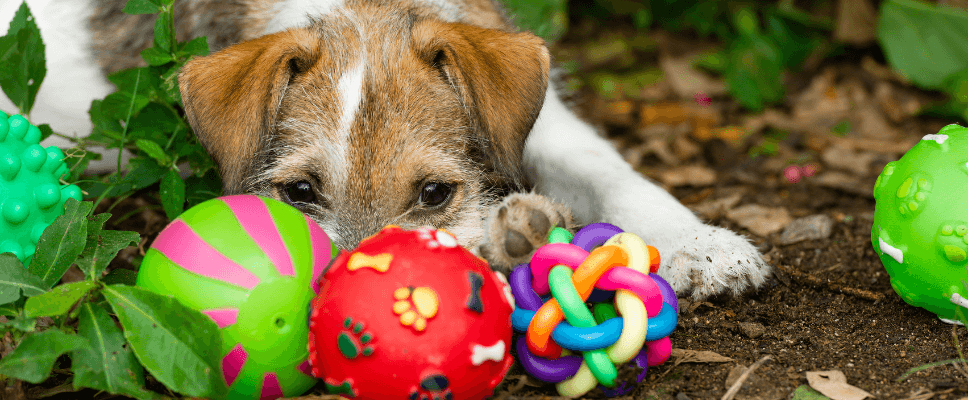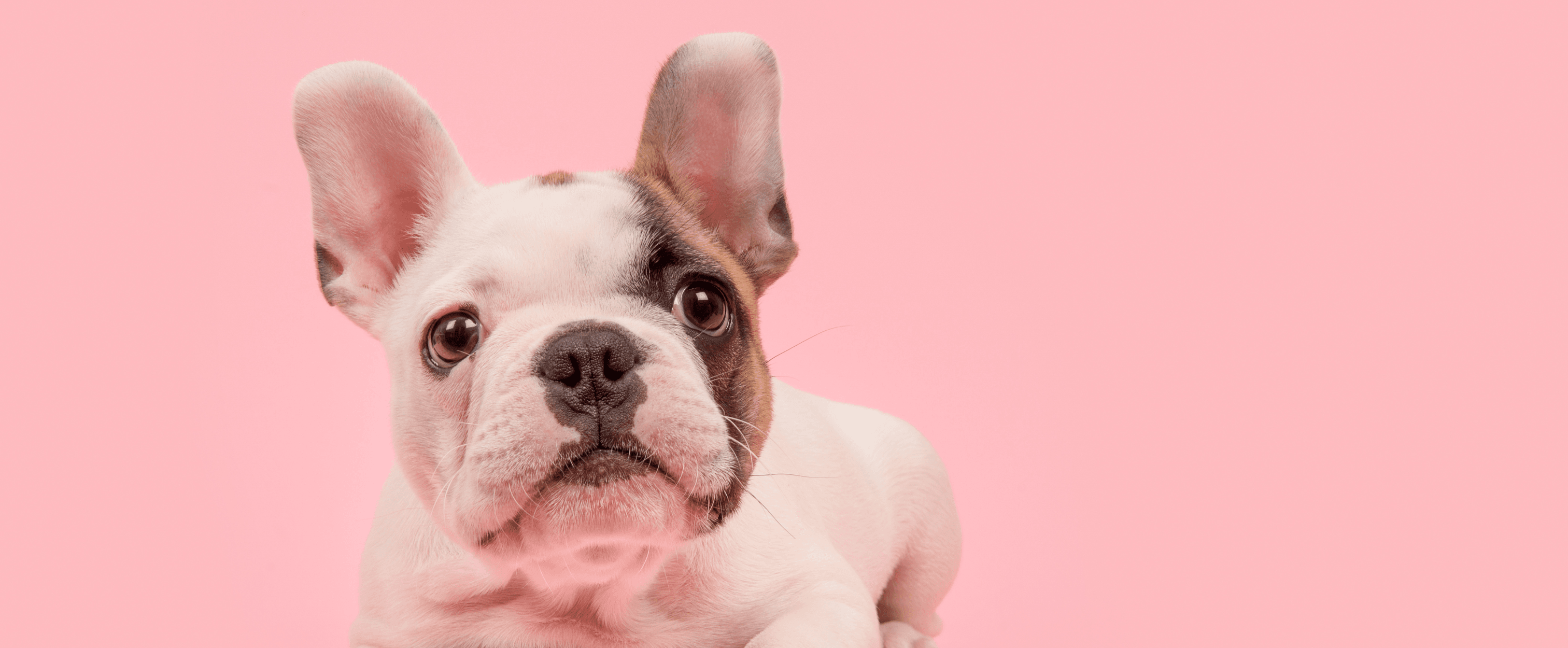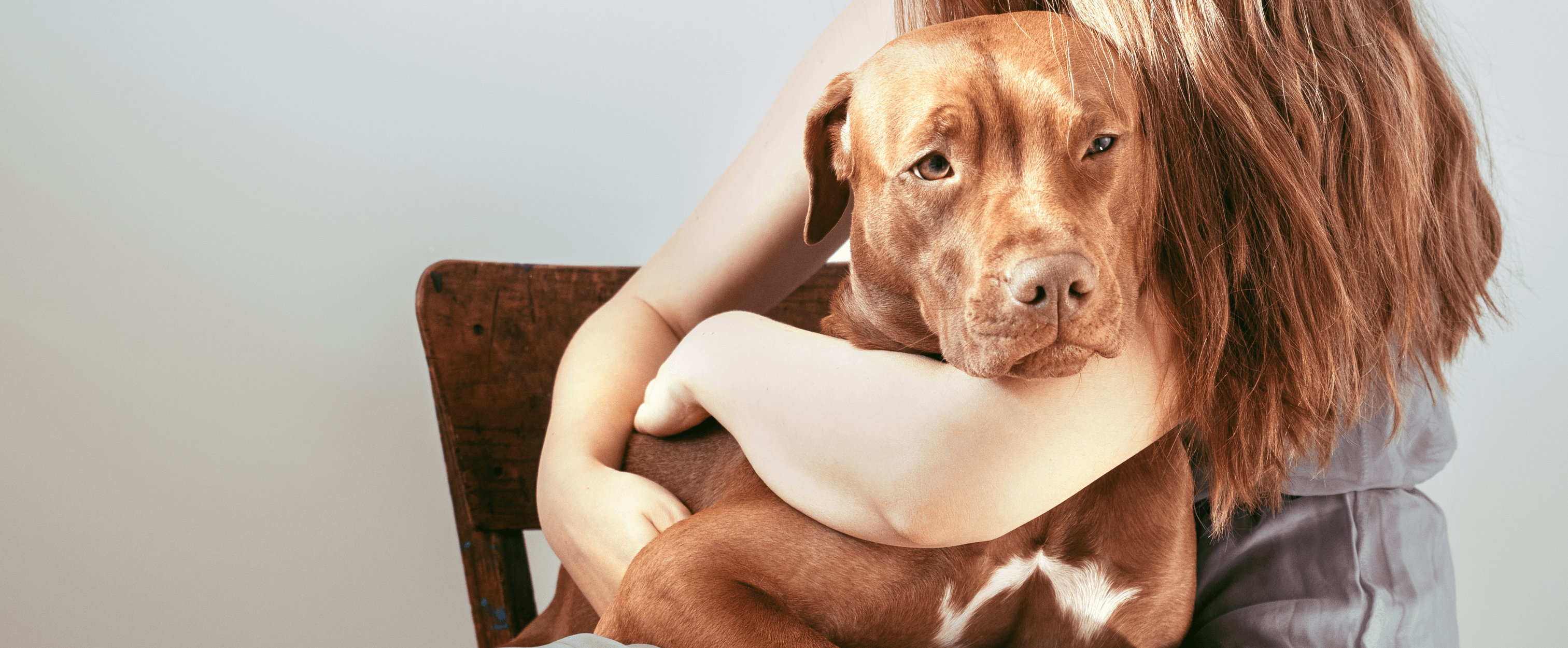
They love me, they love me not. Valentine’s Day is a day of love, but it can bring anxiety too – we can rely on our dog's love though, right? Well, yes – but not if you’re doing these 15 things your dog hates. How many of these blunders are you guilty of?
1. Bathing Them Too Often
Many dog mums and dads fall prey to this one – it’s easy to do as a lot of people are in the mentality that frequent washing is ok, as that’s what we do for ourselves.
In truth, dogs require much less frequent washing than humans do, and bathing too regularly can damage their coat and skin. It strips their coat of their natural oils and leaves them more vulnerable to dry skin and lesions.
How Often Should I Bath My Dog?
How often you should bathe your dog depends on what kind of coat they have and whether they shed. However, in general you should bathe no more than once a fortnight and no less than once every three months.
Petstock Grooming
Fresh, calm, happy and oh-so good looking! Expect nothing less when you book your buddy a dog grooming appointment with our qualified groomers; the pet pamper experts.
Book Online2. Preventing them from Sniffing on Walks (or Cutting Walks Short!)
You dog likes going on walks for more than just exercise – they’re also getting the lay of the land and checking out their environment.
Why Do Dogs Sniff?
Dogs explore through scent more than any other sense (by comparison, humans are more reliant on sight), and they sniff everything to get information about the goings on in their neighbourhood. For dogs, walks are their opportunity to explore the world around them – and rushing them through this process will stress them out.
So, when it comes to walking your dog make sure you set aside enough time to walk them properly – allowing them to stop and sniff, stretch their legs and of course, go to the bathroom.
3. Exposing them to Overpowering Smells
Speaking of sniffing, your dog’s sense of smell is far better than yours. We’re talking 10,000 to 100,000 times better.
So, your dog is far more sensitive to strong smells than you are – this is something to keep in mind when using products with a strong scent. It’s better to apply scented products like perfume or hair spray away from your dog and be mindful of using room sprays, diffusers, or scented candles when you dog is around (and monitor your dog for signs of stress when using them). It’s best to avoid spraying your dog with anything directly unless you’ve been advised to from a vet.
4. Being too Loud
While on the topic of the five senses – your dog is also sensitive to loud noises. This is part of the reason why some dogs are reactive or fearful when it comes to thunderstorms, fireworks – or even the household vacuum cleaner.
Sometimes loud noises can’t be helped – but be mindful your dog may be afraid of them and create a calm environment for your dog during these stressful times. As for your day-to-day life, it’s a good idea to set your dog’s bed up away from the main TV/entertaining room so your dog is able to separate themselves if you’re being too noisy for them.
5. Not Letting them Catch a Toy
Sure, when we’re playing fetch with our dog, we’ve all done that thing where we pretend to throw the ball but don’t. Watching your dog lollop about in search for a ball that’s in your pocket is one of life’s simple pleasures.
However, frequently preventing your dog from catching the toy or keeping the toy away from them and teasing them will not amuse them and will instead stress them out. You can also reinforce possessive toy behaviour by doing this – which is something you want to avoid (none of us like it when pups won’t bring the ball back).

6. Leaving them Home Alone
Dogs are pack animals, and they generally want to be with you – not left alone all day.
While they will need to be alone occasionally, it’s best they’re not left by themselves for long periods of time. This can cause a lot of stress and even lead to destructive habits or separation anxiety in the long run.
To lessen the strain of being left alone, make sure your dog gets plenty of play, attention and exercise prior to being left. It’s also a good idea to only leave them for shorter periods, and gradually train them to get used to being left for longer periods of time. Doggy daycare is also a good idea to keep your dog stimulated when you can't be at home.
7. Ignoring Them When You Get Home
We get it – sometimes you’ve had a long day, and you just want time to get yourself together and your dog is running at you in ‘full body wag’ mode. It can be a lot.
But your dog is just happy to see you! They’ve missed you and have been eagerly waiting your return (sometimes since the moment you left…) So throw them a bone (or in this case, a greeting!) and let them know you’re happy to see them too.
8. Exposing Them to Their Fears
Have you ever had your dog suddenly slam on the ‘brakes’ and refuse to move forward? Perhaps they’ll even attempt to run away? It could be something totally irrational – like being fearful of water, or a loud car – or it could be linked to a negative experience for them like the vet or the bathtub.
When your dog shows these stress signals, it’s because they’re afraid. It’s not a good idea to barge past their fear and force them to keep going. This is a training technique called ‘flooding’ and it can work – but it can also increase the phobia. If your dog is afraid of water for example and you throw them in the pool, you could make their fear worse as they’ll still be afraid and associate the water with a scary experience. It’s a better idea to gently ease them forward, offering plenty of pats and praise as you do. Keep clam and remain patient. If your dog continues to exhibit fear signals, it may be a good idea to enlist the help of a trainer.
9. Forcing Them to Socialise with Other Dogs
Just as you shouldn’t force your dog to ignore their fear, you shouldn’t force them to socialise with other dogs when they do not want to.
You probably don’t like every human you’ve ever come across – and the same is true of your dog. Whether it’s that they’re not a fan of the other dog’s energy or they’re just not feeling particularly social on that particularly walk, make sure you respect your dog's boundaries and don’t force them to interact with another dog if they don’t want to – even if it’s a familiar dog to you.

10. Staring at Them
For humans, sustained eye contact is a sign of trust and connection – but when it comes to dogs staring them in the eye isn’t an intimate bonding experience and they’re far more likely to interpret this sign as a threat or a challenge. This is why when you stare at a dog, they may drop their ears and look away (a submissive response) or potentially growl or bark at you (a defensive response).
This is especially important when it comes to approaching dogs we don’t know well. Don’t stare at them. Instead, engage in a less challenging way and approach them slowly and speak to them gently with your eyes slightly averted. Always ask the dog’s owner for permission before approaching or handling a dog you do not know.
11. Barking at Them
We’ve all tried barking or howling at our dogs at some stage or other. Unfortunately, your dog is unlikely to interpret this as an attempt at humour or bonding and instead they’ll likely be confused, and they may even find the experience stressful or scary.
12. Not Having Rules
This may seem like a strange one – after all, who loves rules? Well, your dog might not love them either, but they do need them.
Dogs are routine orientated, and putting structure and rules in place helps make them feel secure and confident in their environment. Moreover, if they don’t feel like you’re putting this structure in place, they may act out and exhibit unwanted behaviours like aggression or being destructive.
Training is an important part of your dog’s upbringing, and they will respond well to this mental stimulation – so make sure you put rules in place and establish a bond with your dog wherein they respect and listen to you. This starts with putting rules in place in the home. If you're unsure on how to train your puppy, enrolling in puppy school is a great way to get started!
Petstock Puppy School
What to get your best mate started on the right paw? Head to our Puppy School page to find out more
Enroll Now13. Walking Them on a Tight Leesh
We don’t like the feeling of being pulled on the lead – and turns out your dog isn’t a big fan either.
A tight leash will make your dog feel stressed and frustrated – and it also makes what should be an enjoyable experience for you and your dog an unpleasant one. Train your dog not to pull on the lead by teaching them to watch and engage with you on walks, giving them plenty of treats to keep their focus on you. If your dog wants to stop and sniff, let them – don’t turn the walk into a dragging experience.
14. Hugging Them
We see hugging as a sign of affection – but your dog is likely to view it as a form of entrapment and restriction, which they are likely to find confusing at best and irritating at worst.
Moreover, when it comes to interacting with strange dogs – they’re more likely to see a hug (wherein you place your arms around their head or body) as a threat. While many dogs will tolerate hugs – few will enjoy the experience.
A better alternative is to pat your dog along their back and on the chest, and only cuddle your dog if they initiate the interaction and do not show any signs of stress.

15. Breaking up Play Fights
For humans, growling, barking, tackling, and wresting are largely undesirable behaviours that are probably best avoided.
But for dogs (and especially puppies!) these are natural elements of play. Particularly when it comes to dogs they know well, play fighting is a perfectly normal behaviour that is both mentally and physically stimulating for them. By repeatedly preventing them from engaging in this normal behaviour, you could be interfering with their development of natural social skills.
This isn’t to say you should allow your puppy to play fight with every dog they come across – but allow the behaviour when it is appropriate.